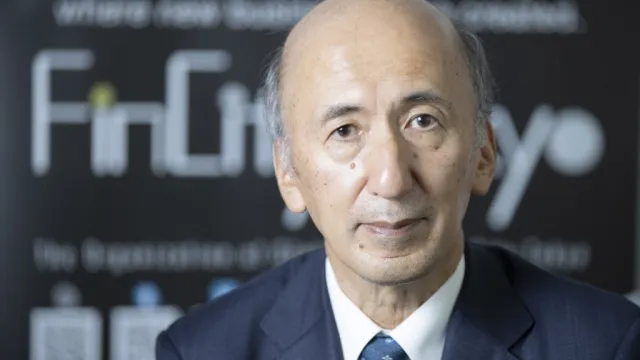
Hong Kong government’s restrictive measures hound residential market
Little pressure to sell for home owners.
The government’s restrictive measures continued to weigh on the city’s residential sector, with average monthly home sales standing at 4,500 transactions from January to May, a volume just 6% above the 2013 level (4,200 transactions).
According to a release from JLL, a small pick-up in sales activity was recorded in April and May after the government relaxed conditions associated with the Double Stamp Duty (DSD).
The release also said that with the government’s cooling measures still in place, existing home owners continued to adopt a wait-and-see attitude with little pressure to sell amid the still low holding cost environment.
Sales volumes in 1H14 declined in most segments compared to last year except for properties selling in the HKD 30-50 million range, which saw relatively more primary transactions on the back of more new launches.
Joseph Tsang, Managing Director of JLL Hong Kong, commented, “Activity will be focused on the primary sales market for the rest of 2014, as developers continue with their competitive pricing strategies to drive up sales.
Affected by downside risks including the looming interest rate hike and policy measures that are still largely in place, capital values in both luxury and mass sector will likely continue to experience mild corrections, although home prices may be more resilient than previously forecast.”
Here’s more from JLL:
The positive response to these new launches were due to a combination of developers setting prices largely on a par with secondary home prices nearby and by offering an array of discounts and incentives. For some projects, over 90% of the units had been sold by end June.
However, discounting in the primary market had limited impact on secondary market prices. In fact, despite prices in primary market coming down to those in the secondary market, home prices in the secondary market recorded only very marginal declines.
Both mass and luxury residential capital values retreated marginally by about 1% in 1H14. In the leasing market, soft demand in the top-end of the market contributed to an almost 5% decline in luxury rentals in 1H14.
Supply in the residential sector is expected to increase in the upcoming few years. An estimated 17,900 units are slated for completion by 2014, higher than the ten-year average (from 2003-2013) of 12,800 units per year, but still far way below the long-term average of 27,000 per year from 1990 to 2003.
Looking ahead, the supply pipeline will increase further in 2016 and 2017 once the residential units from the government’s recent land sales are realized.








![Cross Domain [Manu + SBR + ABF + ABR + FMCG + HBR + ]](https://cmg-qa.s3.ap-southeast-1.amazonaws.com/s3fs-public/styles/exclusive_featured_article/public/2025-01/earth-3537401_1920_4.jpg.webp?itok=WaRpTJwE)









 Advertise
Advertise


